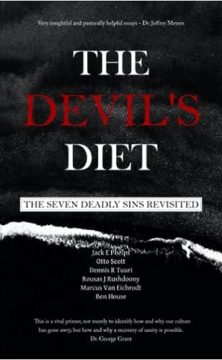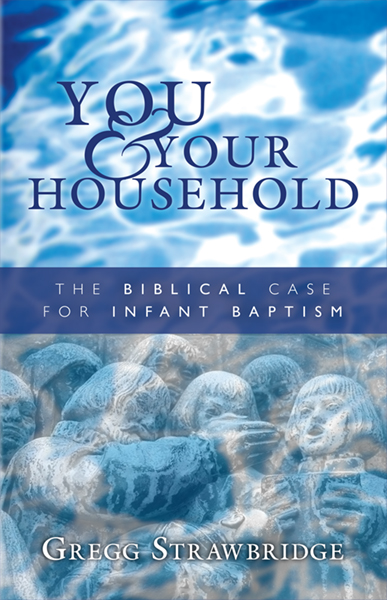The historic prayer book of the Anglican Communion, “The Book of Common Prayer,” includes some controversial prayers. Despite often receiving praise as a work of the Reformation, its verbiage can also feel uncomfortably Catholic. Its emphases on saints and sacraments can seem wetted from the pen tip of Thomas Aquinas rather than Thomas Cranmer. One such prayer is entitled the “Prayer of Humble Access.”
“We do not presume to come to this thy Table, O merciful Lord, trusting in our own righteousness, but in thy manifold and great mercies. We are not worthy so much as to gather up the crumbs under thy Table. But thou art the same Lord, whose property is always to have mercy: Grant us therefore, gracious Lord, so to eat the flesh of thy dear Son Jesus Christ, and to drink his blood, that our sinful bodies may be made clean by his Body, and our souls washed through his most precious Blood, and that we may evermore dwell in him, and he in us. Amen.”
During the Holy Communion service, this prayer is offered following the Lord’s prayer while the kneeling congregation anticipates the words of institution (i.e. “This is my body…”). It is important to note that as a matter of liturgical significance the confession and absolution have already been offered and received in the service. In this way, the “Prayer of Humble Access” builds upon the Reformational apprehensions to any sort of merited righteousness, while also affirming the Reformed tradition’s emphasis on self-examination prior to communion. This belaboring of sin after confession has earned some criticism from liturgical scholars like James B. Jordan: “it focuses on sin and justification to the extent that the entire service feels more like a penitential vigil than a celebration of redemption.”
Jordan is right if you read the prayer as solely penitential. But this prayer is posturing the Christian up from his knees to a seat at the table. It is bidding the Christian, “dine with God.” Mortal men are invited to Valhalla– what to the Norse meant “Hall of the Slain”– for a feast of flesh and mead. Only the brave souls that died in the triumph of Holy War would feast in Odin’s hall for slain warriors. So it is true of our prayers here. Christ’s absolution has progressed beyond mere forgiveness into conquest. (Romans 8:31-39) And now, those willing to die in and for their sins may enter. Now at the table, we may eat the flesh and drink the blood.
This prayer also offers a narrative to help understand Christ’s presence in the eucharist. Douglas Wilson rightly points out that: “We partake of the Lord in the participles, we partake of Him in the partaking. We cannot say, ‘Look, there is the Lord, stationary, on the table.’ Rather, we say, ‘Here is the Lord in the action of eating and drinking.’ And these actions are part of a series of actions, which together constitute the story. We partake of the Lord’s body and blood in a glorious series of verbs—declaring, praying, blessing, setting apart, taking, breaking, taking, and giving. And each moment in the story says something about the end of the story.”
(more…)
- Press, O. U. (1993). The 1928 Book of Common Prayer. Oxford: Oxford University Press, USA. (back)
- 1993. Rite Reasons, Studies in Worship, No. 29, Biblical Horizons. (back)
- Wilson, Douglas. (2013). Against The Church. Moscow, ID: Canon Press. (back)
Read more















